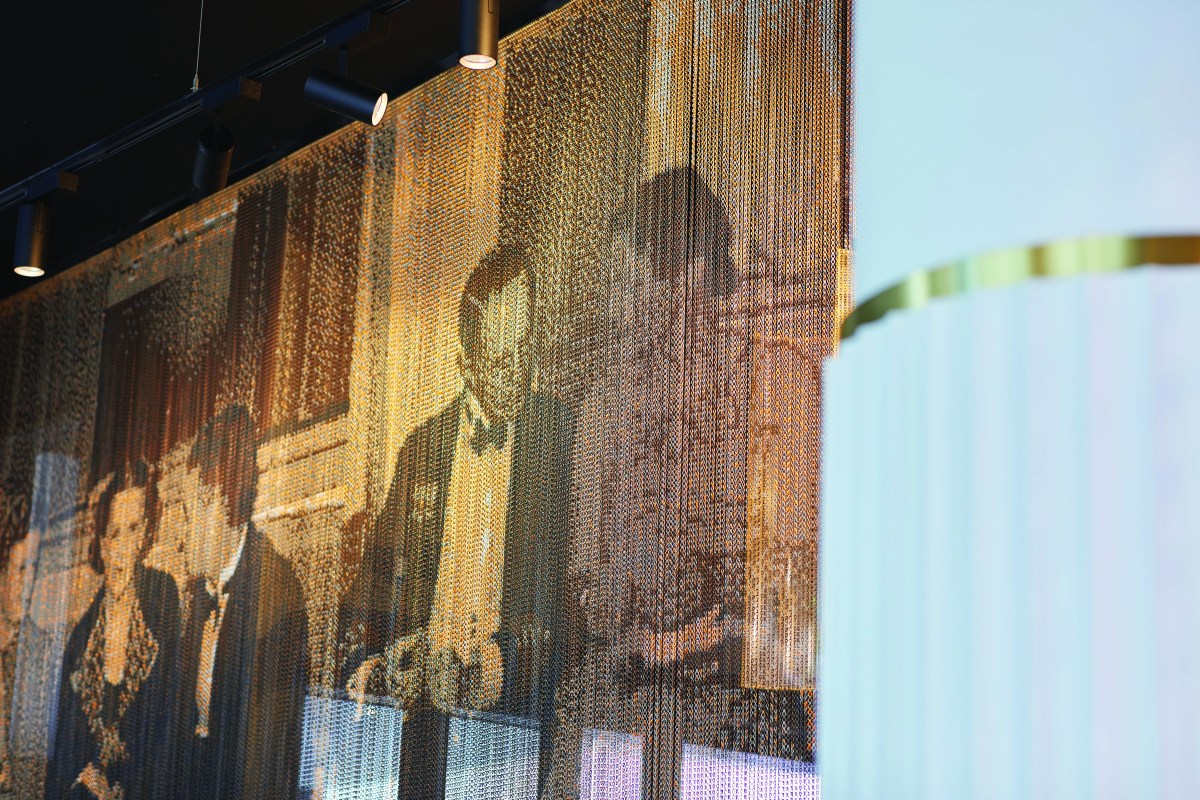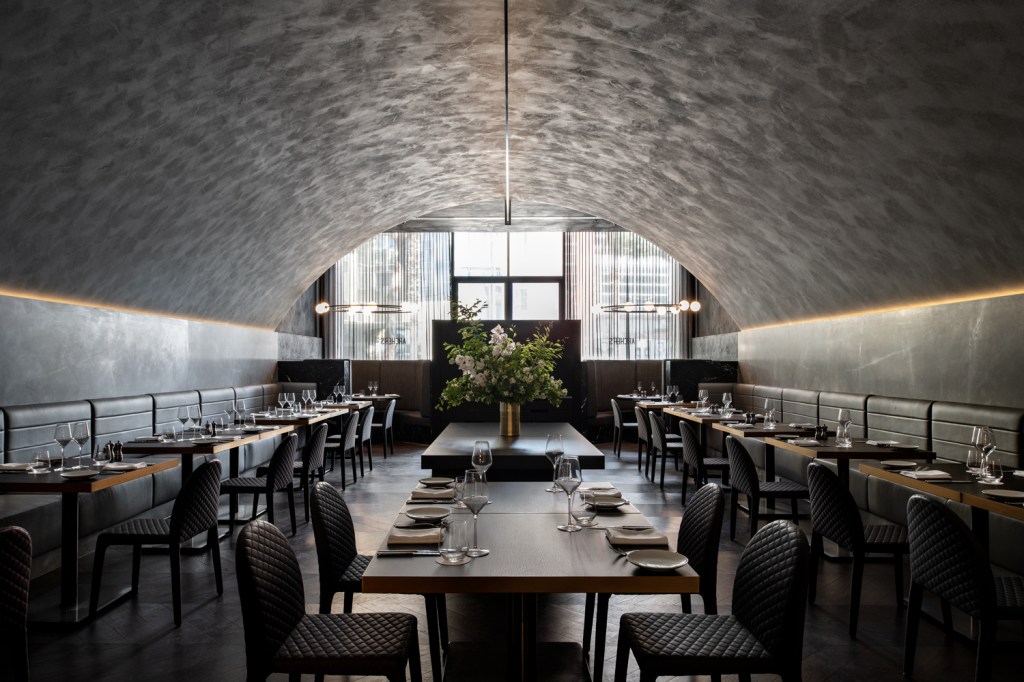When designing and building a hotel it’s essential to have the right team of people committed to working together to achieve the best outcomes. And while delivering to brand standards is a must, one should be aware of the dangers of hindering the creativity of designers. Here, two leading designers share their take on designing to brand standards.
Juliet Ashworth – Creative Director/Owner, CHADA
Hotels with distinct personalities tend to be a result of the operators loosening the reins on Brand Standards, allowing designers to drive a property’s unique DNA.
An experienced hotel designer can navigate through the traditional standards document, that thumps into the inbox when a project kicks off, to recognise the must haves and the negotiables.
The brand fundamentals that the guest may intuitively expect in a particular brand, such as a larger than normal desk in their room, a certain sized bed, or meeting rooms and a gym, are easily accommodated. But we are inclined to push back when standards stray into aesthetics, which put the handbrake on creativity and produce cookie-cutter experiences. Unless of course that’s the result the operator is seeking.
Right now, we’re seeing two distinct camps: brands that are looking for less design and more standardisation, and the exact opposite.
With the latter, we may be given a handful of brand pillars – key characteristics or ingredients – but like the mixologist, we get to create the signature cocktail.
Our approach to developing new brands is now holistic, from naming through to all messaging, and interiors, based on market knowledge and powerful narratives.
To avoid brand washing – a blurring of brands as they proliferate at a seemingly unstoppable pace – operators know the value of individual stories for each and every property in their lifestyle portfolio.
Here, Brand Standards have a different role to play and so do we.
What we hope for is a good operator’s brief. A bit like a car manual, it will tell you what’s under the hood, but the car’s design and the driving experience is what will sell it every time.
Michael Drescher, Director Interiors, DKO Architecture
As a designer, it’s not about inflicting my own personal design ideas onto clients. For me, it’s about interrogating the brief to draw out the best design and value proposition. Each project is bespoke and should be responsive to its context.
At DKO, there’s always a strong emphasis on collaboration and harnessing the creative power and knowledge of other designers, technicians, and consultants, as well as the key stakeholder group. This ensures the design intent is realised to its fullest.
At Marriott Docklands, for example, every detail was considered holistically. DKO worked closely with Marriott International, Peter Rowland Group catering and brand agency, Studio Ongarato, to create a cohesive vision. The team collaborated closely at every stage, with narrative-driven design and respect for place, as core concepts. Each F&B venue within the hotel was designed to be evocative, held in memory and revisited. Our team created a unique experience for locals and visitors alike – from interior design to the menu, branding, and service.
In the last five years or so, hoteliers are seeking new ways to innovate the guest experience. To provide unique, immersive, and fully curated experiences. And we can harness the brand’s philosophy to create an interesting and unique experience.
At the AC Hotel by Marriott Southbank for example, the interiors team really focused the design ideas around the brand’s identity of ‘perfectly precise – promising all you want, nothing you don’t need’. The materials and finishes selected focus on quality while capturing the human desires of comfort and relaxation. The subtle layering of materiality with modern classic finishes all creates a sense of calm with little moments of delight. There are record players and vintage radios in the rooms, natural Korres bath amenities, and an evening gin trolley to help you unwind. The hotel is also pet-friendly, so you don’t have to leave your furry friend at home.
Most can appreciate the benefits of straying from the brand standards to create the best result.
As a guest, our hotel expectations have altered. And hotels need to adapt to this diversity of accommodation landscape. One way is through the hotel’s food and beverage offering and a more individualised response to place. Guests are looking for a sense of locality. They’re looking to get out and into hotel bars, restaurants and cafes or lobbies. The F&B within a hotel will inform the identity of the brand and become destinations in their own right – not only for the hotel guests but a space where locals travel to experience.




